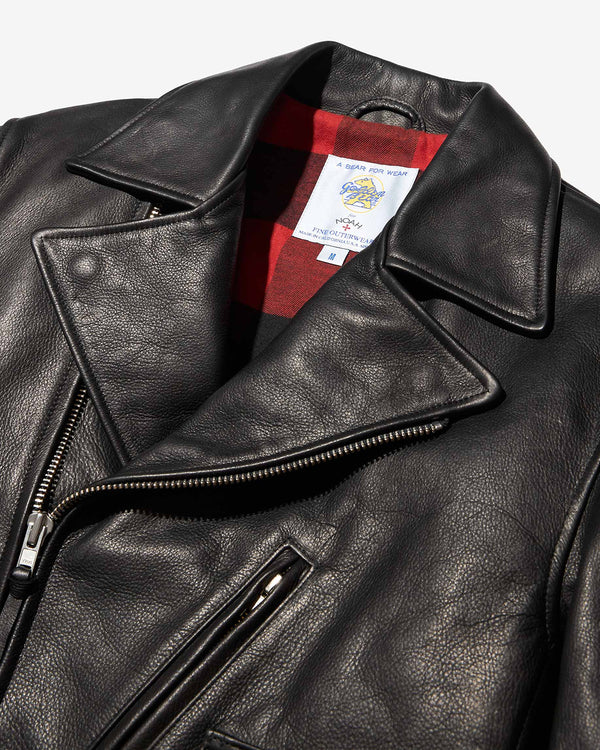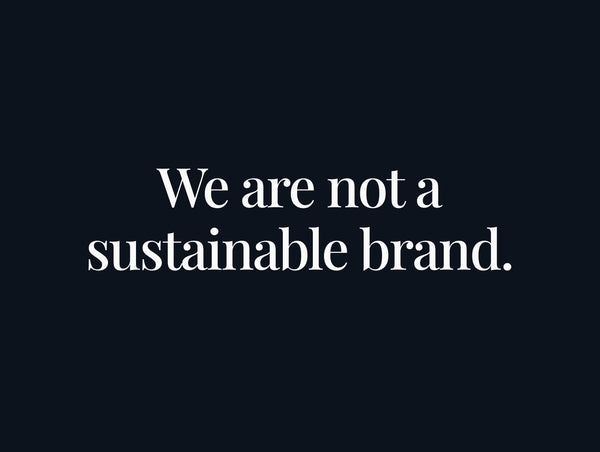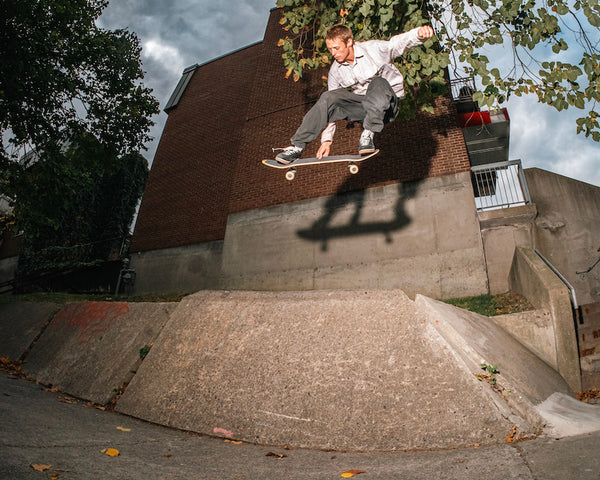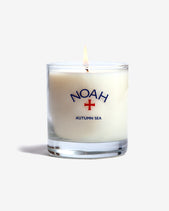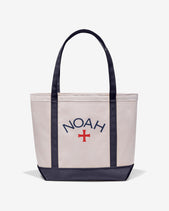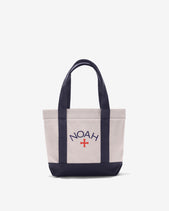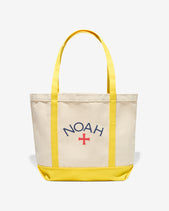
An Interview with Ralph Bakshi
How Ralph Bakshi created one of our favorite films, predicted the future, and became a pioneer in the psychedelic animation world throughout the ‘80s and ‘90s.
In 1977, Ralph Bakshi wrote, directed, produced, and animated his film Wizards. The surreal picture presents a world where Nazi propaganda and misinformation inadvertently cultivates an evil army of radicalized monsters.
If that last sentence gives you a sense of deja vu, you're not alone. And Wizards' modern relevance isn’t lost on Ralph Bakshi, which is why we wanted to bring the film back into the spotlight through a small capsule of Noah items memorializing its iconic characters, like Peace, the red robot assassin trying to change its ways, and Avatar, one of the titular wizards just trying to do what he thinks is best in an increasingly complicated world.
We asked our friend (and major Bakshi fan) Jian DeLeon to sit down with the man himself to give us some further insight into what was going on in his head when he wrote the film, the role of fantasy as social commentary, and the lasting graffiti influence of the late cartoonist Vaughn Bodē.
When did you come up with the idea for Wizards?
Ralph Bakshi: During the '60s and '70s, there was a great revolution in fantasy art in America. Before that, there was science fiction like Buck Rogers and comic strips. The great revolution of fantasy comic books and fantasy novels basically started with Lord of the Rings. Tolkien became a big underground thing.
I remember cartoonists would come to my office and say: “Have you read Tolkien?” I didn't know what Lord of the Rings was. It sounded like a Jewish bar mitzvah. Or a wedding. I eventually read it. And then there was Robert E. Howard’s series on Conan. He was a great pulp writer who did sorcery and fantasy. His books became popular, and then this great artist who was actually a friend of mine —Frank Frazetta— started painting incredible paintings for Conan book covers.

There's a sly reference to Frazetta in Wizards as some sort of spell incantation, right?
Yeah, they were the magic. I was referencing illustrators like Roy Krekel, Frank Frazetta, Gray Morrow, and a lot of other guys.
The film is also a departure from your previous works, notably marking a shift from gritty urban settings to more fantastical worlds.
At the time, I was pretty beat up physically and mentally for the other films I had done like Fritz the Cat, Heavy Traffic, and Coonskin. There was a lot of yelling, screaming, pointing fingers, and people chasing me around the neighborhood. I wanted to get a reprieve from that.
I was in the Grand Tetons on a much needed vacation in Colorado. It was absolutely beautiful. And I wanted to do a fantasy, because I love fantasy. So it wasn't alien to me. I wrote the picture during the week I was on vacation. But in those days, I never questioned myself because that wasn't my style. My style was: “Put it down and get it over with.” I wasn't very precious about what I did. I bet that's the '50s and '60s Beatnik in me, that Jackson Pollock abstract expression where you just let go.


I feel like back then, fantasy as a genre was considered a bit more intellectual than it is today, where there are stereotypes and preconceived notions about the audience.
Absolutely, it was seen as very intellectual and intelligent. The fiction was extraordinarily good. But the big thing about Wizards, to me, was still who I was and what I felt animation should do. I inserted my Jewish faith, the discussion of Hitler, and the rise of fascism, which you can see is happening all around the world now.
Everything about Wizards had to do with the Vietnam war, and I think Tolkien did the same thing. He wrote Lord of the Rings during [World War II] He was also in the trenches, but what's extraordinary about Wizards to me is whatever it's about it's still happening. Suddenly we have fascism on the rise, you’ve got the planet dying, and you’ve got evil people like Trump and Hitler running around, which is what Wizards is about.
In other words, the use of fantasy in Wizards isn’t an escape, but a mirror. It’s more allegory than straight-up fiction.
You're on the money with that. That was my big discussion we had that people always got wrong. This was when I was anti-Disney. Animation is a great political tool because there are political cartoons. So, I felt that it was very important to discuss the issues of our time. You can't go through World War II and not discuss what happened in Europe, and the Holocaust, and everything, and I thought that was the role of animation.
I think fantasy is a perfect tool to discuss these issues, because if fantasy hides these issues in entertainment, you could look at them in another light and then say: “Wait a minute, that's real.” Stock footage of Nazis and juxtapositioned animated elves and fairies is an incredible image, and it feels kind of strange. It's very psychedelic and powerful today.

Vaughn Bodē was a big influence for Wizards and your version of Lord of the Rings. He’s also made quite the impact in the graffiti world. How do you feel about seeing some of your own characters come to life in the world of street art?
Vaughn Bodē was a very dear friend of mine. We met when I was very young. We were going to do a movie together, which would’ve been The Amorous Adventures of Puck. I loved Vaughn very much. He loved my drawings. He hung around the studio during visits; he was always at the studio. And of course, he wrote a screenplay for me. And then he died. It's an amazing movie, but I didn't want to make it without Vaughn. He was very influential to the studio. We experimented and fooled around a lot about what his picture would look like.
Vaughn's imagery was sensational, and graffiti artists jumped on him because he'd see it as perfect to what they were doing and saying. I can't say enough about Vaughn and his influence on me and every other cartoonist in the world. I get emails around the world from street artists who put all my characters up on walls; Peace, Avatar and Elinore in Colombia and Brazil. Lord of the Rings and Heavy Traffic are all over walls all over the world. I love that.



